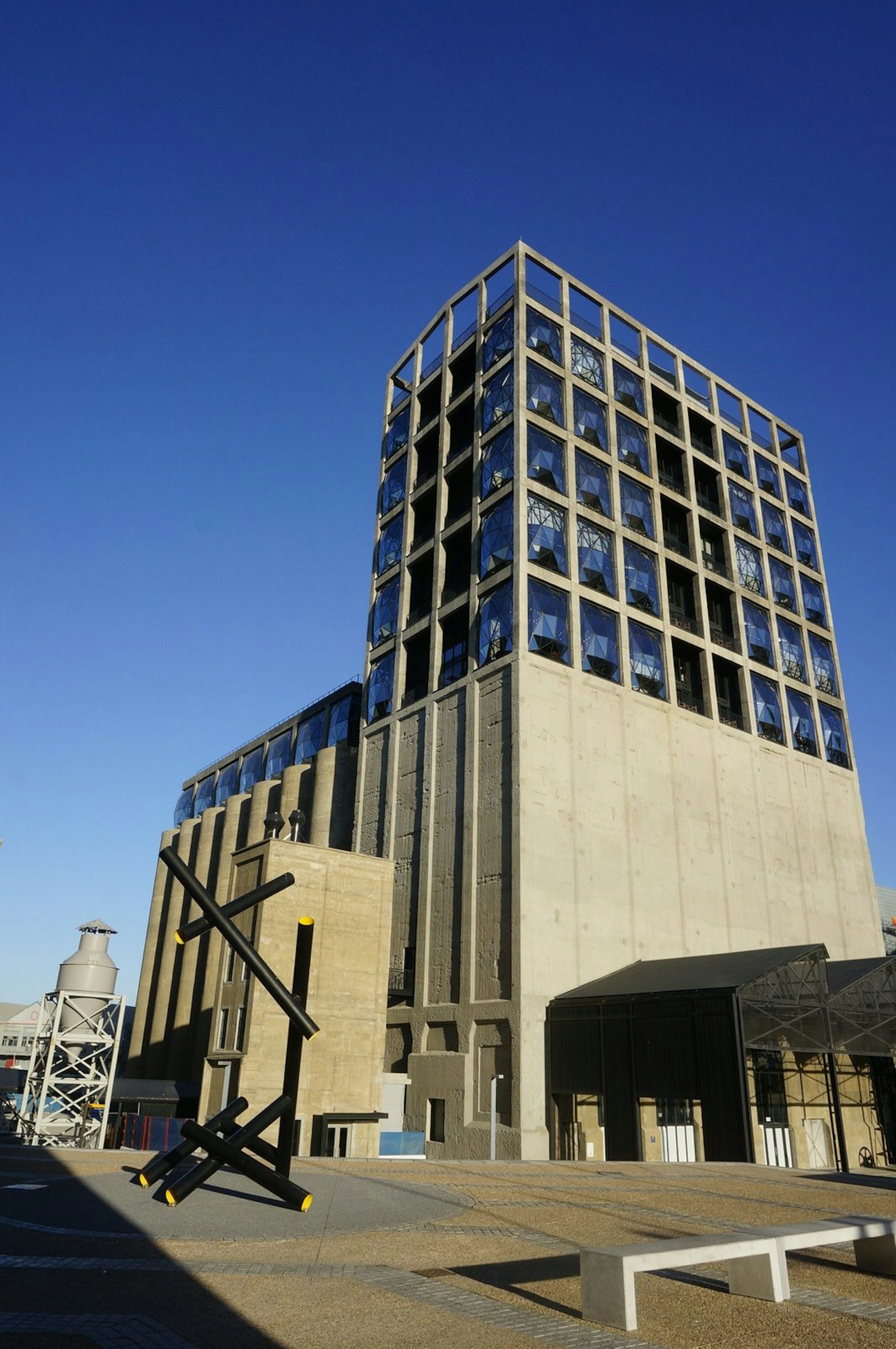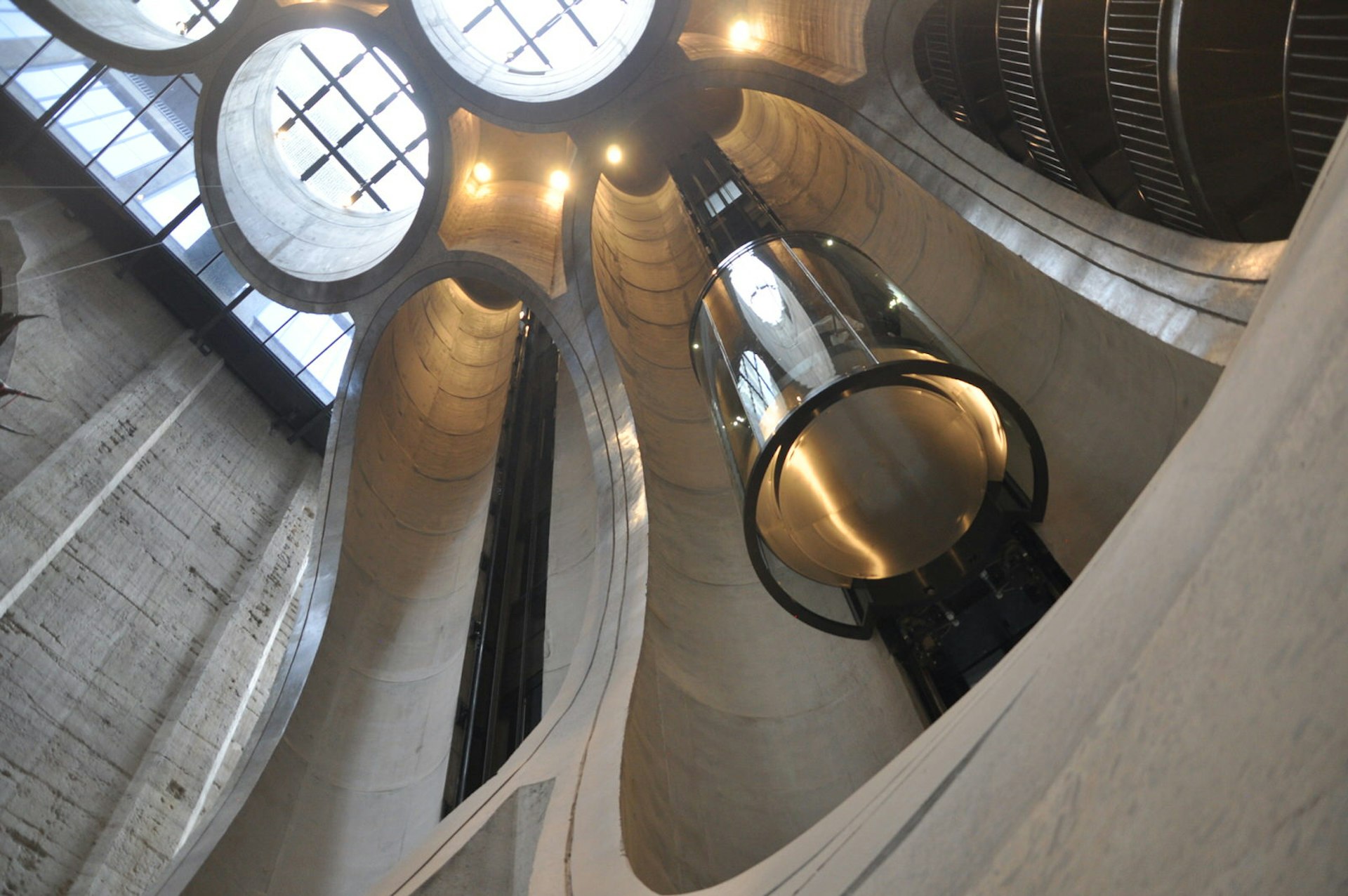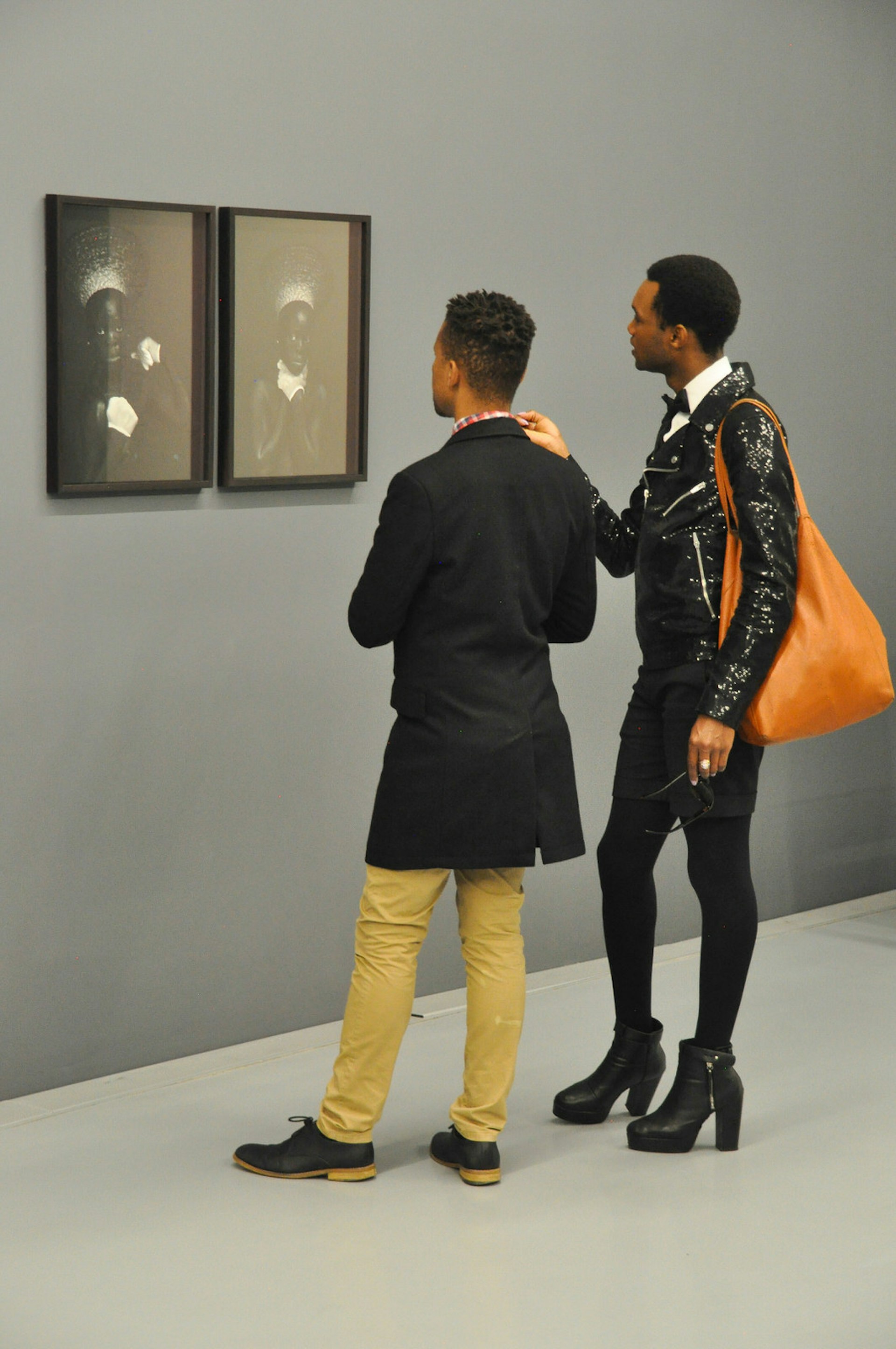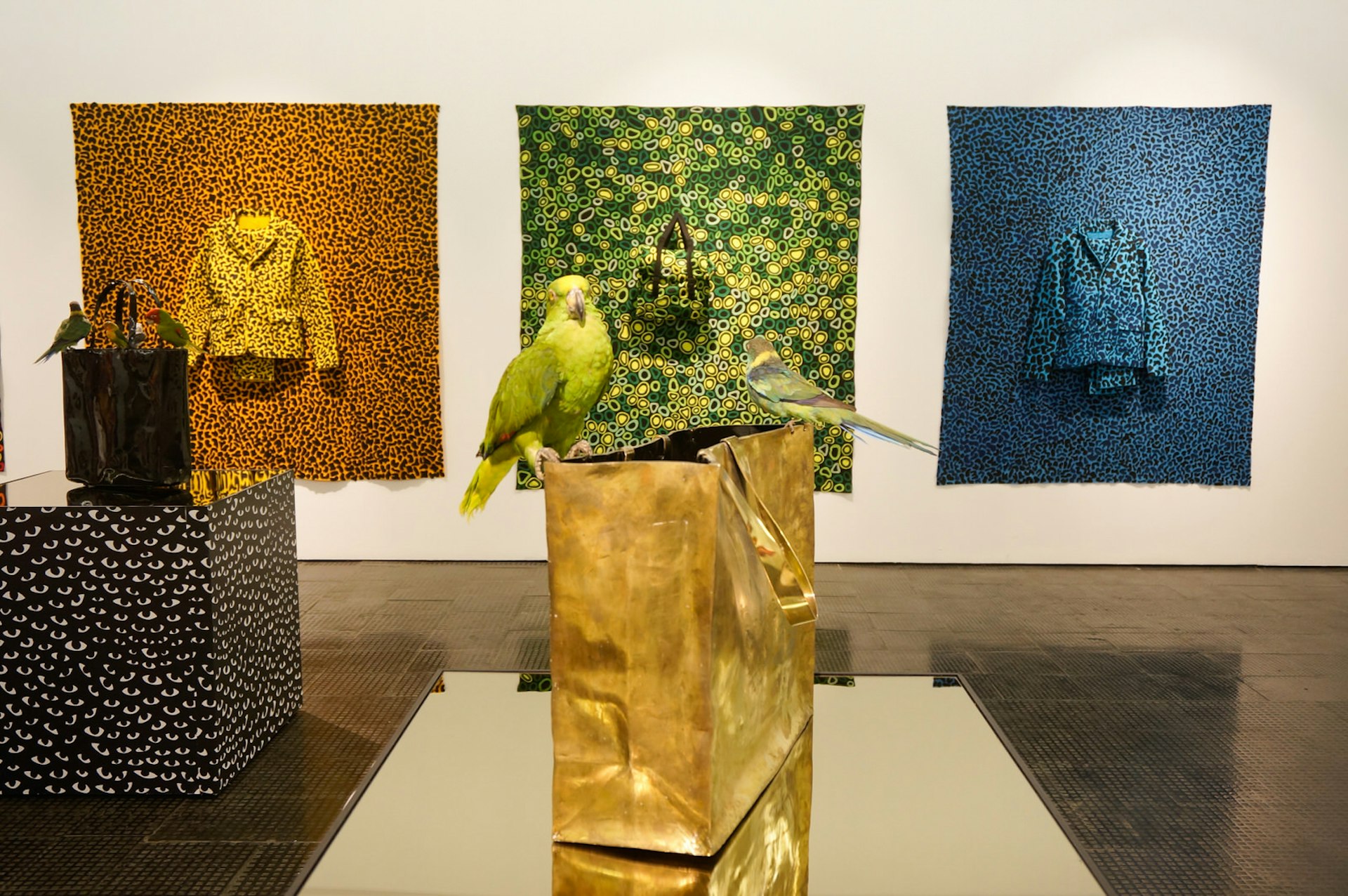Table Mountain, white sand beaches, rich history and cosmopolitan culture and cuisine have long enticed people to visit Cape Town, but today the Mother City’s African art scene is proving to be a force of its own.
And it’s not just the new Zeitz Museum of Contemporary Art Africa – the continent’s largest museum to open in more than a century – but also an interesting (and growing) number of pioneering art institutions that Impressing art lovers.

Zeitz Museum of Contemporary Art Africa (Zeitz MOCAA)
With 22 official landmarks on site as well as plenty of shopping and entertainment opportunities, Cape Town’s stunning 123-hectare V&A Waterfront was already one of the most visited tourist attractions in South Africa. But since September 2017 it has a new star – the 100,000 sq ft Zeitz Museum of Contemporary Art Africa – an attraction that has made the city an internationally acclaimed arts hub.

Conceived to rival the likes of the Tate Modern in London and the MoMA in New York City, Zeitz breaks down old Eurocentric barriers by putting the MOCAA African Art Center on stage and telling its own story. Over one hundred galleries spread over nine floors, filling the modern space carved at an angle from the cellular structure of 42 tube silos and its cathedral-like atrium. The project was opened as a not-for-profit partnership between the V&A Waterfront (the main funder in the silo’s reconstruction) and entrepreneur Jochen Zeitz. It is the latter’s fascinating personal collection that forms the museum’s founding artworks, and these pieces will be on loan for 20 years as MOCAA builds its collection.

Works from local South African artists to artists from across the African continent and beyond are on display. Notable works include pieces from Angola, Kenya, Madagascar, Malawi, Swatini (Swaziland), Togo and Zimbabwe. Hailing from Nairobi, Cyrus Kibero stuns with his futuristic steampunk portrait. Four eyes. Touching on the social injustices that resulted from apartheid, William Kentridge’s drawings, prints, animated films and theater productions invite reflection. Through a different perspective, Thania Peterson tackles the identity of those once called ‘Cape Malay’ or ‘Cape Colored’, derived from her own Indonesian heritage. Exploring utopian concepts and themes such as sexuality, African culture and post-apartheid queerness, Athi-Putra Roga uses metaphors to parody the past 200 years of colonialism and its devastating effects.

But MOCAA is more than a museum with inspiring modern art to observe and interpret – a visit to the building is an experience in itself, with both historic and modern attributes to explore and enjoy. The silo complex played a key role in South Africa’s economy, with farmers from across the region shipping their crops to the busy port by freight train. Some of these tracks have been restored and are visible from the entrance of the museum under a zig-zagging black canopy. The spiral staircase is a work of art in its own right, and offers a wonderful vantage point from which to visit the museum. The free architectural audio tour explains how its steel structure was fabricated from the outside in three separate pieces and lowered from the sky through an open roof.

Renowned London-based architect Thomas Heathrock was tasked with transforming this dilapidated industrial building into a trailblazing temple of African art. From the outside, his most obvious work is the installation of dramatic, 58-panel geodesic windows, which flood the museum’s onsite hotel with light.
Woodstock’s eclectic African art scene
Once the nucleus for Cape Town’s colored and black communities, a few blocks from the infamous District Six, Woodstock has emerged from its apartheid-tormented past to become a thriving foodie, craft breweries and industrial nirvana. Has reached the blooming quarter. Fast-paced gentrification and entire streets dedicated to modern art set a new tone, a bohemian sound that now permeates the diversity of Woodstock. Today, it’s a hub of creativity with renowned galleries with artists-in-residence open for generations alongside family businesses. Its streets are lined with bright colors and larger-than-life murals.

Established in 1966, Goodman Gallery Cape is one of the most prestigious contemporary art galleries in South Africa and the world. Founded during apartheid, Goodman worked on the concept of offering a non-discriminatory space at a time when most artists did not have freedom of speech. This approach continues today to promote established and emerging artists, including a three-tier global approach. To work with South African artists, those from the greater African continent and international artists facing similar social and political challenges.
Also in the area is the Stevenson Gallery, which showcases leading contemporary art in both solo and group exhibitions, not just from South Africa, but from across Africa and its diaspora. It hosts extensive locations in Cape Town and Johannesburg elsewhere. inside DatesA vibrant lifestyle market whose spectacular atrium gathers locals for gourmet cuisine, beautiful crafts, decorations and live music, SMAC Gallery A perfect addition. Artists such as Judy Paulson, whose works inspired by popular culture have also been exhibited inside Zeitz MOCAA’s Silo Hotel.
Apart from the big name galleries, opposite the Old Biscuit Mill for a different kind of experience Bright Studios Art Gallery. His paint. Get scared. to cook. Think. learn To talk. Workshop. freelance. Start a business. The slogan ‘Lose yourself and find yourself at the same time’ says it all. In a spacious loft with views of Table Mountain, the art gallery also serves as an art school, where one can try their luck as an artist or book a course.
A new pioneer at the Norval Foundation
To further cement its status as an art capital, Cape Town welcomes a brand new art museum. Norwell Foundation April 28, 2018 The museum in the suburb of Steinberg houses one of the largest private art collections in the country. Built on a former sensitive wetland, it also raises environmental awareness by conserving the land it sits on. The innovative, seemingly floating roof provides solar energy from the inside, and allows natural light into the atrium, which leads to purpose-built exhibition spaces. Sweeping views of the wetlands are ever-present, including breathtaking views of Table Mountain and the Constantia Winelands.

The foundation’s museum is also the custodian of the Gerard Sekoto Foundation, which honors the legendary South African artist who strongly promoted black South African art. Other notable works here include pieces from the Eduardo Villa Estate Collection and the Alexis Preller Archive.
Based on making art accessible to all, the new Arts Center here focuses on 20th and 21st century artworks. The complex’s sculpture garden is a striking feature, with installations by artists from South Africa and the rest of the continent. A protected cape bordered by low-lying freshwater wetlands, the site features futuristic sculptures as well as native plants, which are also visible from the inside.
